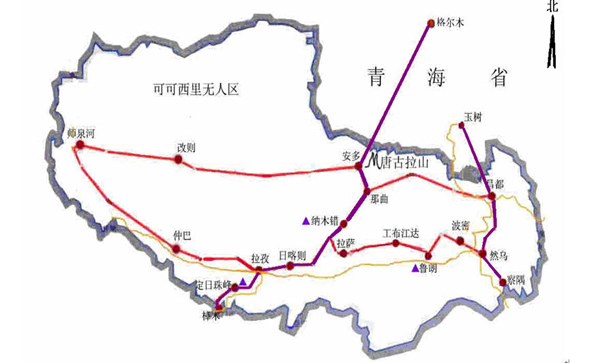| News |
| Latest news | |
| Int’l Cooperation activities | |
| Events & Announcement | |
| Recent Activities |
| Location: Home>News>Latest news |
| POPs monitoring network laid out on the Tibetan Plateau |
Monitoring of the Persistent Organic Pollutants (POPs) has been widely carried out throughout the world, to study air properties at large scale in a long term. Yet such study to air on the Plateau is still blank, posing great opportunities for scientific staff engaged in Tibetan Plateau research. From June, 2006 to Aug. 2007, Associate Prof. Wang Xiaoping has set up a wholesome network to monitor the POPs at different monsoon affected regions on the Plateau. Nineteen monitoring spots have so far been set up to cover a large area of the Plateau. There are two north-south transect lines along which POPs are monitored, one starts from The layout of such a monitoring network will help measure such POPs content as organic chloride and polycyclic aromatic hydrocarbon of agricultural appliance. Hopefully, interaction among POPs spatial distribution, relative components, properties, regional climate and monsoon will be revealed thereupon concerning monsoon affected Plateau region.

|
